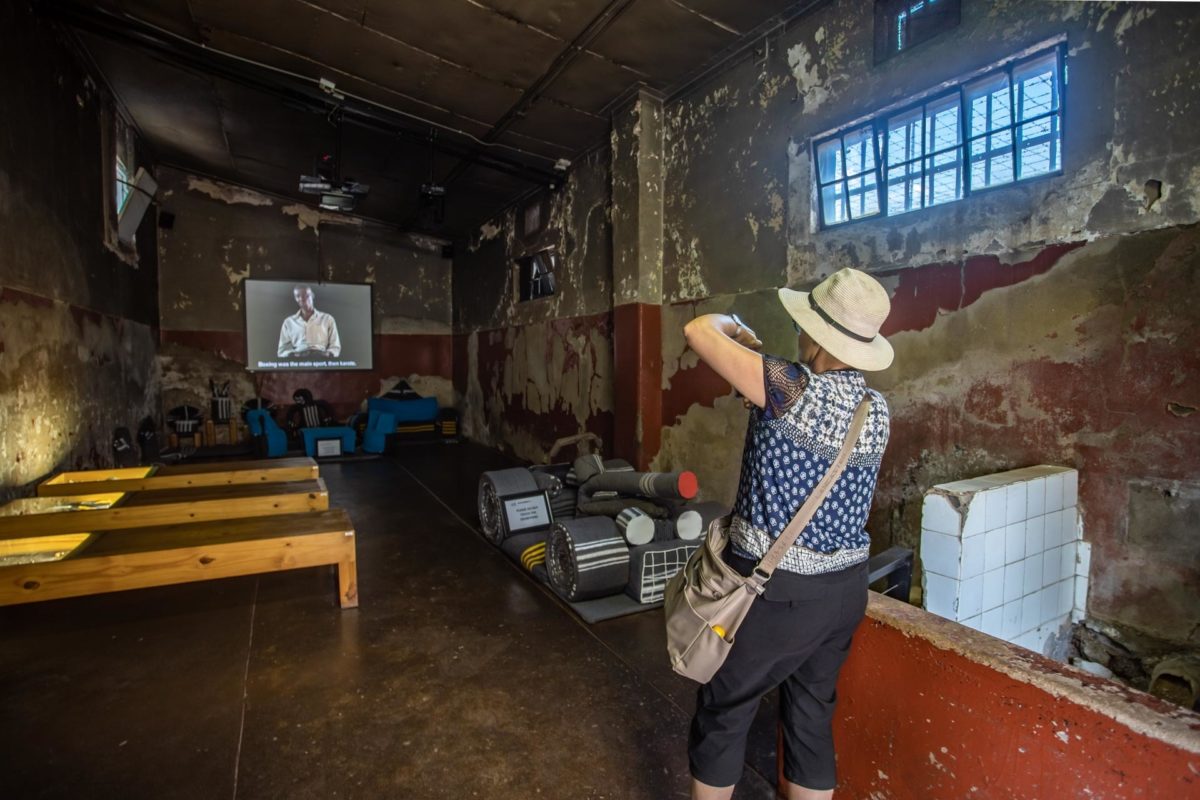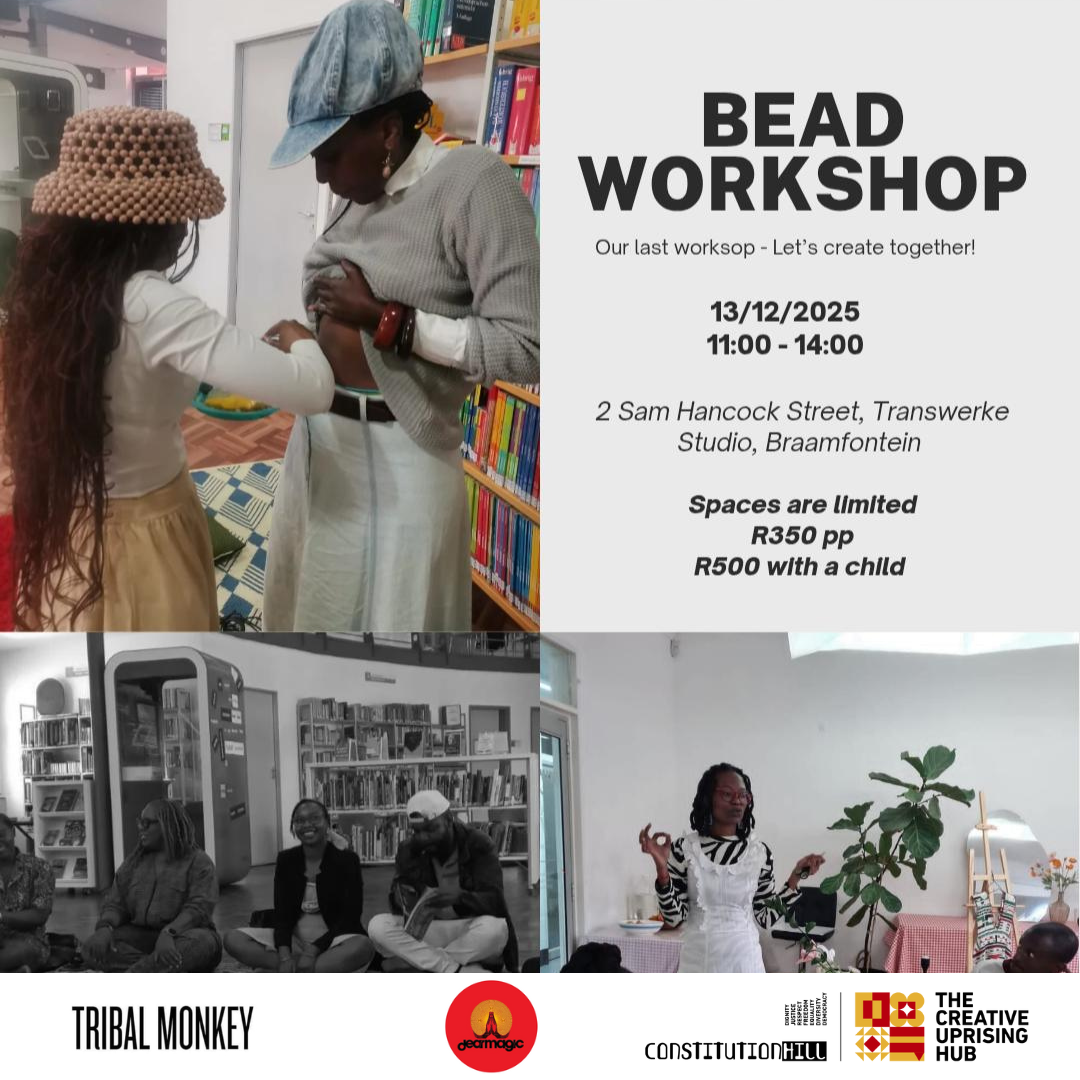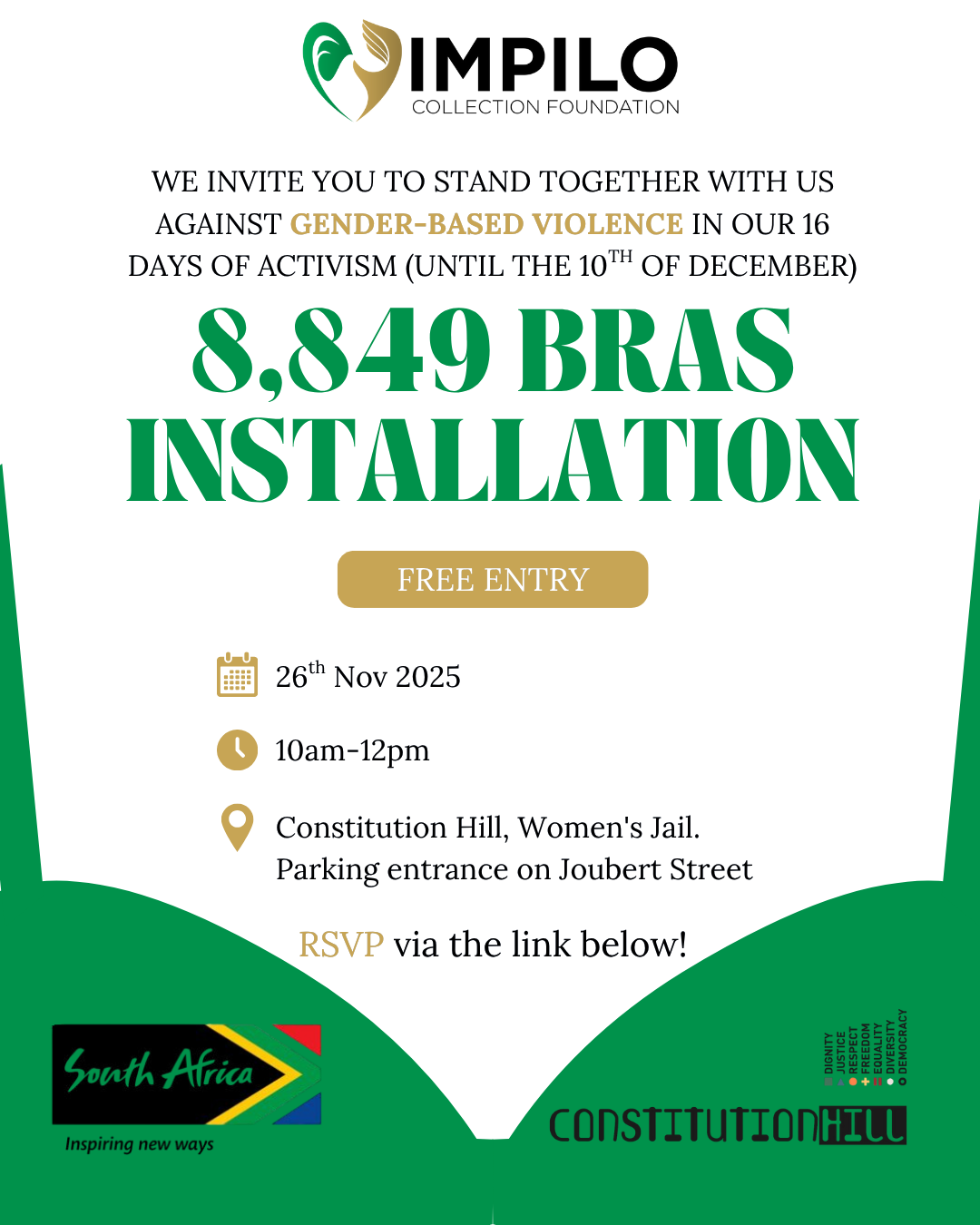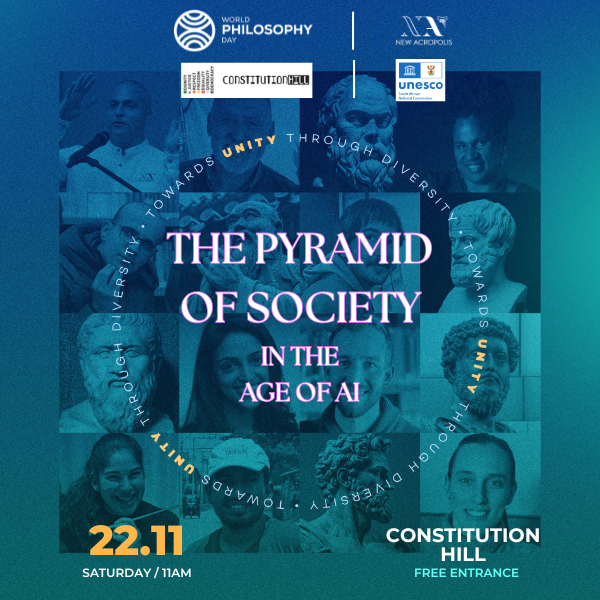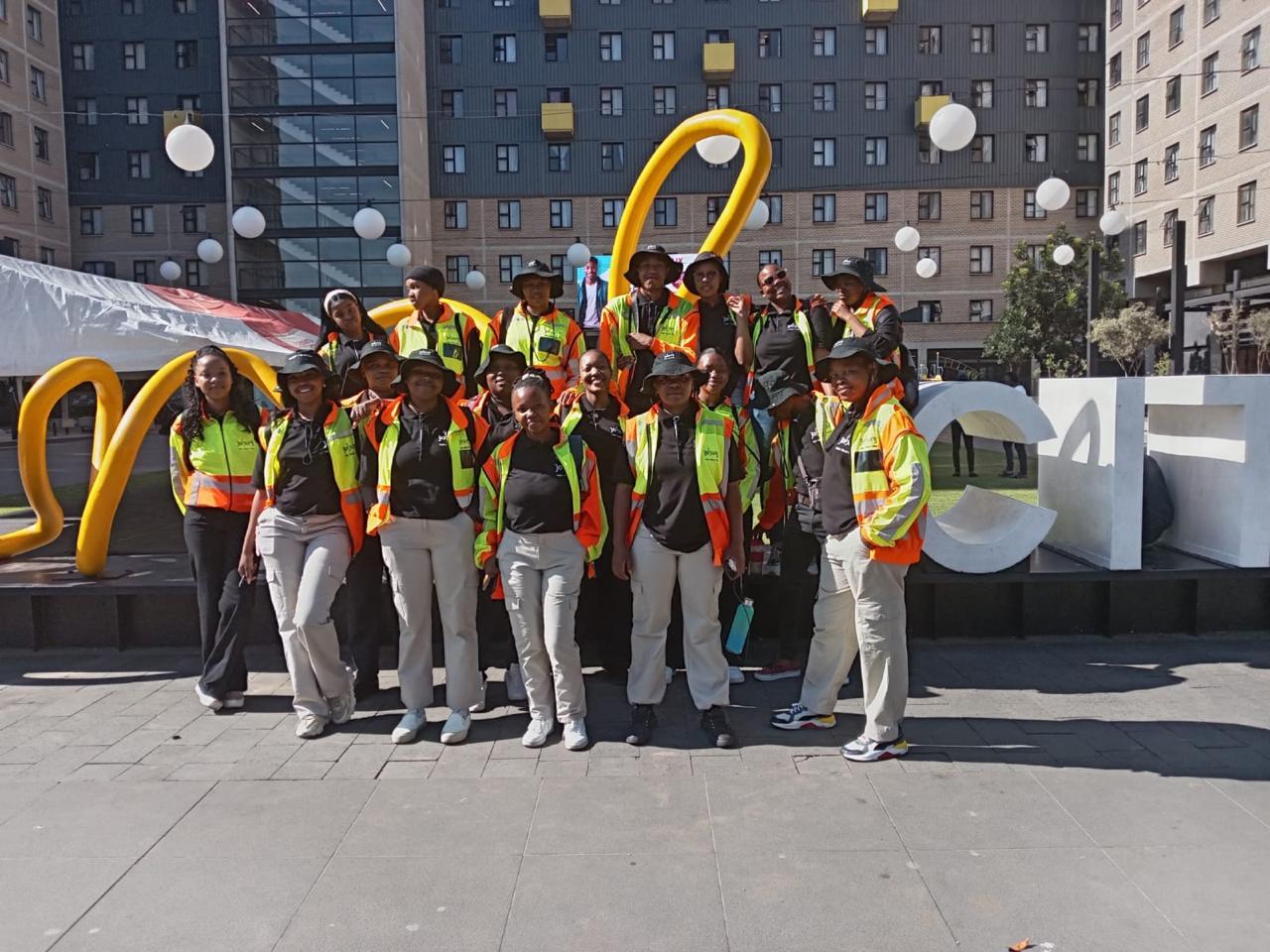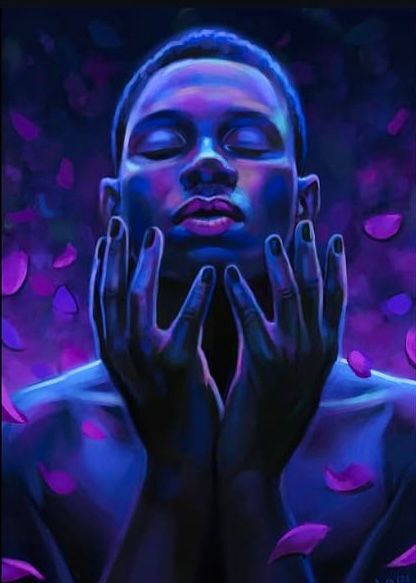It was one of those days when every photograph you took was overexposed. The Highveld sun was as intense as the international media’s focus on the day’s event.
It was 10 December 1996 and President Nelson Mandela was signing South Africa’s new Constitution into law. I know I am not the first person to say this, but today it is impossible to recapture the giddy euphoria of those times.

The Constitution of the Republic of South Africa is considered one of the most progressive constitutions in the world.
Looking back, it whitewashed a lot of pain and ignored things that have come back to bite us, but then everyone was just relieved. The Constitution would be the backbone of society, protecting everyone from the predations of others, and we were all very aware of how easily that could happen.
So there he was, Mandela, on a stage in a dusty arena in Sharpeville, Vereeniging – site of one of South Africa’s most painful events – signing a thick document that would protect South Africa and South Africans.
This memory is my clearest of covering the certification of the Constitution as a journalist for the (now defunct) South African Press Association (Sapa).
The certification hearings had begun six months earlier, before the Constitutional Court. We had a Constitutional Court because we had an interim constitution that came out of the sometimes terse, sometimes tedious, Convention for a Democratic South Africa (Codesa) negotiations.
A text for the constitution that would replace the interim one was adopted in May 1996 by the Constitutional Assembly, led by the National Party’s Roelf Meyer and the African National Congress’s Cyril Ramaphosa.
They sent it to the Constitutional Court, which, on 1 July 1996 began certification hearings in which even the public could make submissions on whether the text complied with a list of 34 principles. These included regular elections; a vote for each adult; the protection of fundamental rights, freedoms and civil liberties; equality before the law; and the system of semi-autonomous provinces.
Enter me, with my notebooks, my pens and my Tandy – a computer with a tiny screen that used a modem to send stories to the Sapa newsroom, which was nowhere near the court. You had to negotiate a phone connection, and race reporters from other publications to get to it first. The Tandy looked more like an electric typewriter than anything else. I remember it with a fondness similar to my memories of lugging an 18kg backpack up a Drakensberg pass – it was heavy and ungainly, and yet the struggles I had with it leave a sense of masochistic achievement.
Funny how it’s the physical things I remember. The Tandy, a greyish room, the judges’ green robes, and lots of heads because I sat at the back, near the door, so that I could escape quickly and quietly to grab that telephone connection, plug in my modem and file copy to the newsroom.
The Constitutional Court’s wonderful building on Constitution Hill was not yet built and the court was in Braampark, an office complex opposite the Joburg Theatre in Braamfontein.

The Constitutional Court under construction.
In my research for this blog, reading about some of those old submissions to the court revealed much about the anxieties of that time, many of which remain. As is so often the case, looking back shows how far we have come, and how little we have changed.
There’s a lot of debate, these days, over black economic empowerment and its sister, broad-based black economic empowerment. Back then a number of individuals made presentations on “affirmative action”. There were arguments for and against.
No one that I can remember argued against the concept of a Bill of Rights, but there were a lot of submissions in support of the listing of concomitant responsibilities, and one for an actual Bill of Responsibilities. Recent radio talk shows have revealed this to still be something some want.
The Bill of Rights’ protection against discrimination on the grounds of sexual orientation sparked a lot of comment, some vehemently for, some outraged at the very idea. While this is entrenched in the Constitution, the fight for the rights of those who are not heterosexual continues.
When it came to the Bill of Rights’ entrenchment of the right to life, the death penalty came in for the same treatment, but – interestingly – abortion didn’t create as much of a kerfuffle, although there were submissions against it. The Constitution doesn’t entrench this as a pregnant woman’s right, although legislation later did, under certain circumstances.
Guns, it seems, were as big a thing here as they are in the United States. The Constitutional Court received 14 410 submissions in support of the right to own firearms, and for the limitation of the government’s right to disarm citizens. They lost out.
Some South Africans wanted the Constitution to preclude the legalisation of dagga (marijuana) and pornography; others wanted it to include, as a corollary to the right to freedom of association, a right not to associate.
It was a long walk to a constitution. A first text was adopted by the Constitutional Assembly in October 1996 and sent to the Constitutional Court for certification. It was rejected.
New hearings began on 18 November that year. On 4 December the Constitutional Court certified the amended text, and on 10 December I found myself standing in the stark Highveld sun, notebook in hand, watching Mandela sign it. It’s an event seared onto my memory as surely as light used to project onto camera film to create the photo.
Since then, in the ups and downs of a young democracy, the Constitution has shone as brightly as the sun did that day 20 years ago.

Nelson Mandela, second from left, twice served time at the Old Fort.

 +27 11 381 3100
+27 11 381 3100
